How to Grow Oyster Mushrooms Indoors
Are you looking to grow protein-rich food indoors year-round? Ever thought of growing mushrooms at home? Try your hand at oyster mushroom cultivation with us! Let’s get shrooming.
— Permacrafters gets commissions for purchases made through links in this post. We encourage you to prioritize secondhand goods whenever possible. —
Why Grow Oyster Mushrooms at Home?
- It’s easy!
Oyster mushrooms are a great mushroom for beginners. They have a great growing success rate – even if you are the type of person who tends to kill all your houseplants… like me.
- They are delicious & nutritious!
Oyster mushrooms cooked up with garlic, rosemary and olive oil are absolutely divine! They are a good source of vitamin D and protein.
- You probably already have most of the required materials to get started.
Got water? Check.
Got growing medium? This is what the fungi will eat and live on. I’m sure you’ve got some spare cardboard boxes lying around, or some old clothes, or – if you’re a coffee addict like Cristina – a steady production of coffee grounds. If you live on a farm, you might even have some straw or sawdust available. And guess what! Oyster mycelium will feed on any of those things!
Got a container? You’ll need either large glass jars, Ziploc containers, a large bin with a lid, or any other container that you can pack the growing medium into and that will allow for a bit of gas exchange – mushrooms need to breathe just like us!.
See? You already have 75% of the materials. The one thing you’ll need to get your hands on is mushroom spawn. Spawn is the grain or sawdust substance where the mycelium (the fine white filaments of the fungus) is grown.
“It’s easy, delicious & nutritious, and you probably already have most of the required materials to get started!”
Growing Oyster Mushrooms in Straw
Oyster mushrooms will eat just about anything – they’ll feed off the waste stream and eat things that would otherwise go to the landfill. One of the most successful ways to grow them is by feeding them straw. (You can also grow oyster mushrooms on coffee grounds, cardboard or clothes, but straw is a good place to start to ensure success. The easiest of these 4 methods would be the coffee ground method – it doesn’t require the additional pasteurization step on your part, which means less work for you.)
Materials:
- Straw (as much as will fit in your containers) – available at gardening stores
- Very large stove pot
- Digital probe thermometer (you can do without, but it’s useful to have one)
- Container options: Gallon-size glass jars; Ziploc bags; black nursery pots; plastic container with a lid; large thick paper bag
- Blue oyster mushroom spawn (grain spawn will work better than sawdust spawn) or any oyster strain that has fruiting temperatures that make sense for the season you’re growing them in – available online at Asheville Fungi or Mushroom Mountain
Step-by-Step Instructions for Growing Oyster Mushrooms in Straw
1. Chop the straw into 1-4” pieces (optional, but will speed up the process).
2. Pasteurize the straw: submerge it in water in your largest pot on the stovetop. Keep the water at 165-175 F for 1-2 hours (or use hydrogen peroxide to sterilize in a bin overnight). Without this step, other microorganisms might outcompete the oyster mycelium.
3. Drain off the water. Let the straw cool. Spread the straw on a clean surface if you want to speed up the cooling process.
4. Fill your containers with the mix, so they are nice and packed.
5. Make sure there’s gas exchange: If you used a Ziploc, punch several holes in the bag; if it’s a bucket (or a jar), put a lid on but let it stay open a crack or drill holes into the sides of the bucket.
6. Sit back and wait. Check the moisture levels. Spray the straw if it appears too dry.
7. Once the medium is fully colonized (it’ll appear white), begin misting daily. This could take anywhere from 1 to 3 weeks.
8. Once the first mushroom appears, place in natural diffuse light and mist daily or keep in a very humid environment… unless you are Farmer Dave from the Eco-Institute, in which case, water your mushrooms heavily as many times a day as you think of it! Test for yourself what technique works best.
9. Harvest when their growth slows by pinching the mushroom cluster at the base and twisting.
These oyster mushrooms were the perfect excuse for a pizza party at the community cob oven. We put them on our pizzas and devoured them!
Are you thirsty to learn more about growing mushrooms? Learn how the mushroom lifecycle works and receive printable step-by-step instructions for growing oyster mushrooms in straw by clicking here:
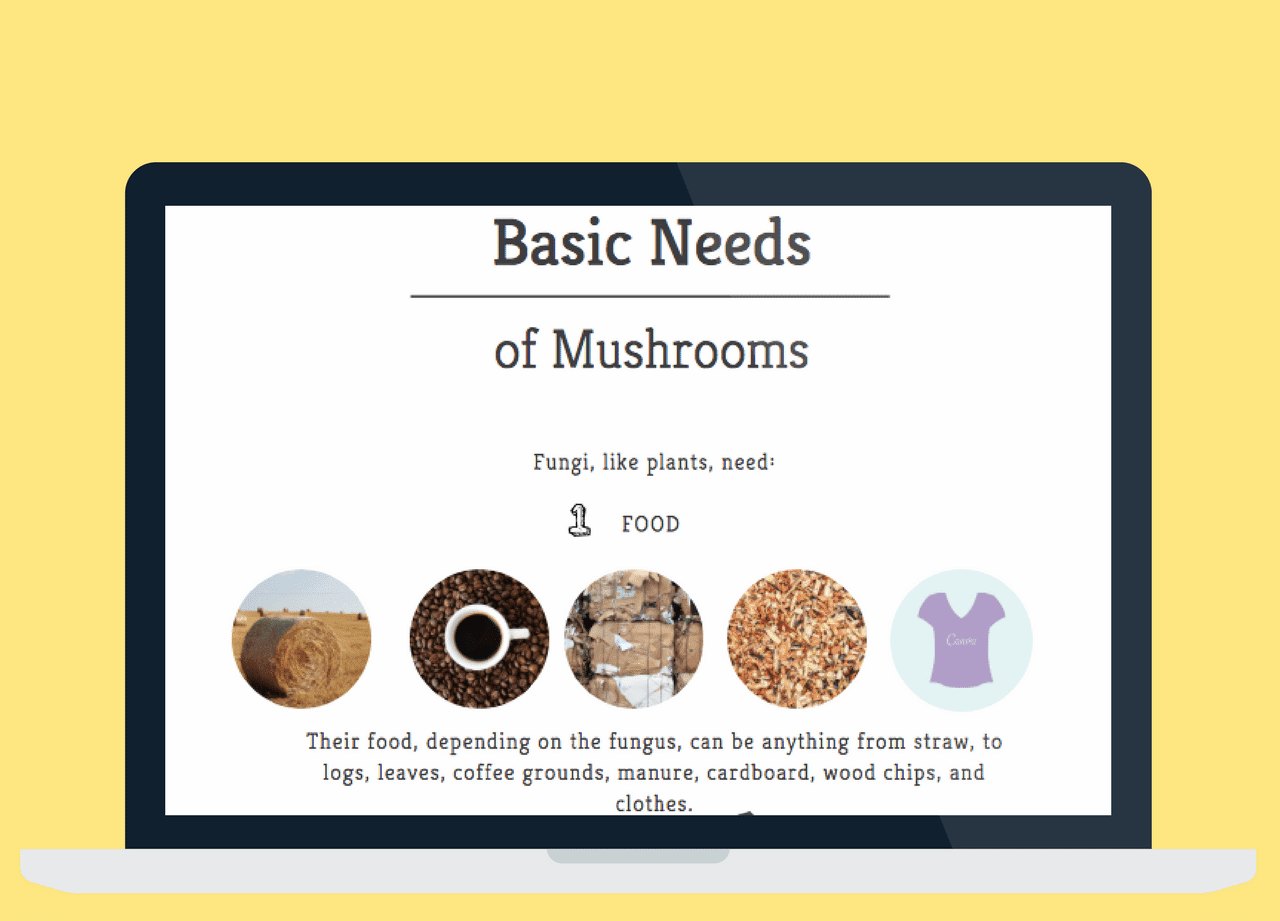
Hey there, friend! Want to claim your mushroom booklet?
Sign up to receive your free booklet that will teach you about the lifecycle of mushrooms, their basic needs, and get the printable step-by-step instructions to start shrooming! Ready to embark on a mushroom adventure? 😉
So are you going to give mushroom growing a shot? Let us know your experience in the comments below!
Happy Shroomin’, Y’all!
Love, Christelle
P.S. Want to grow more food indoors year-round? Try sprouting!
By commenting you accept our Privacy Policy.
Copyright © 2017 Permacrafters. All rights reserved. || Privacy Policy || Website Terms of Use || Health Disclaimer || Student Dismissal Policy ||
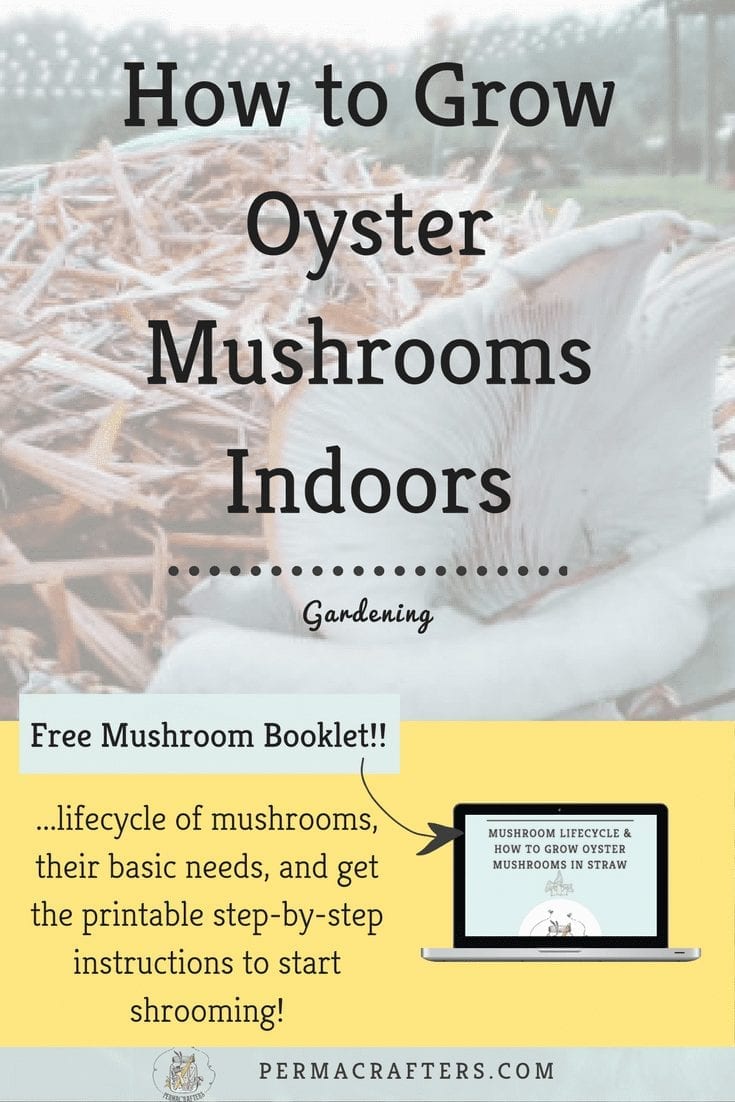
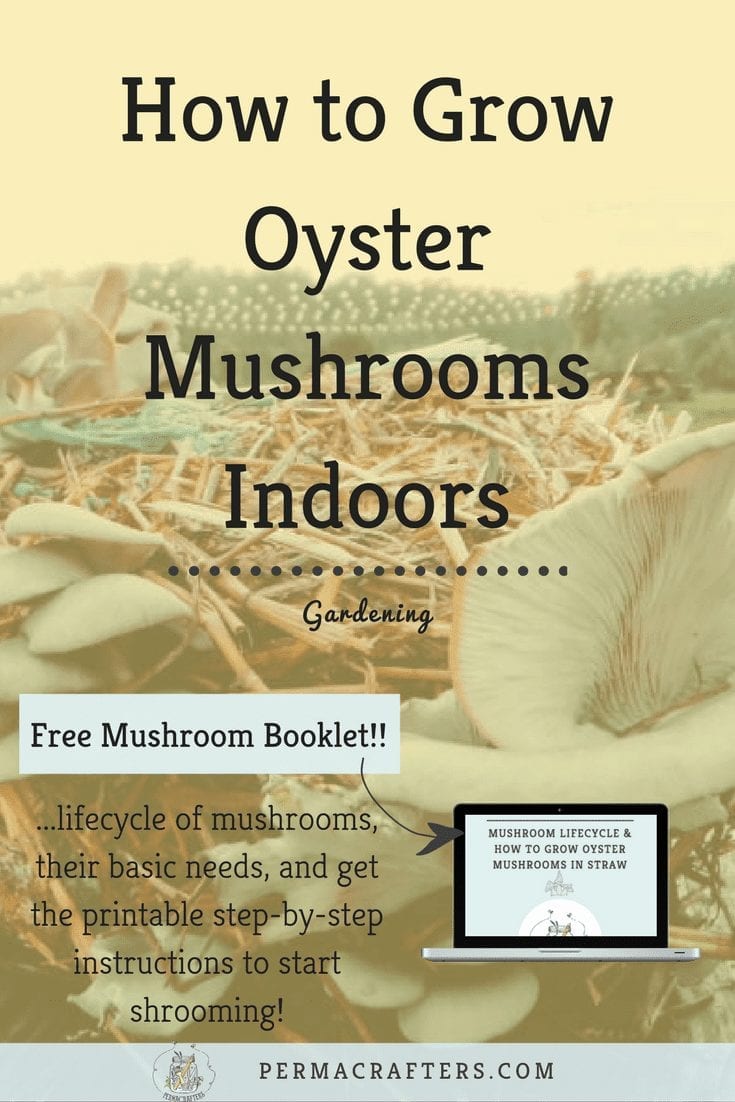
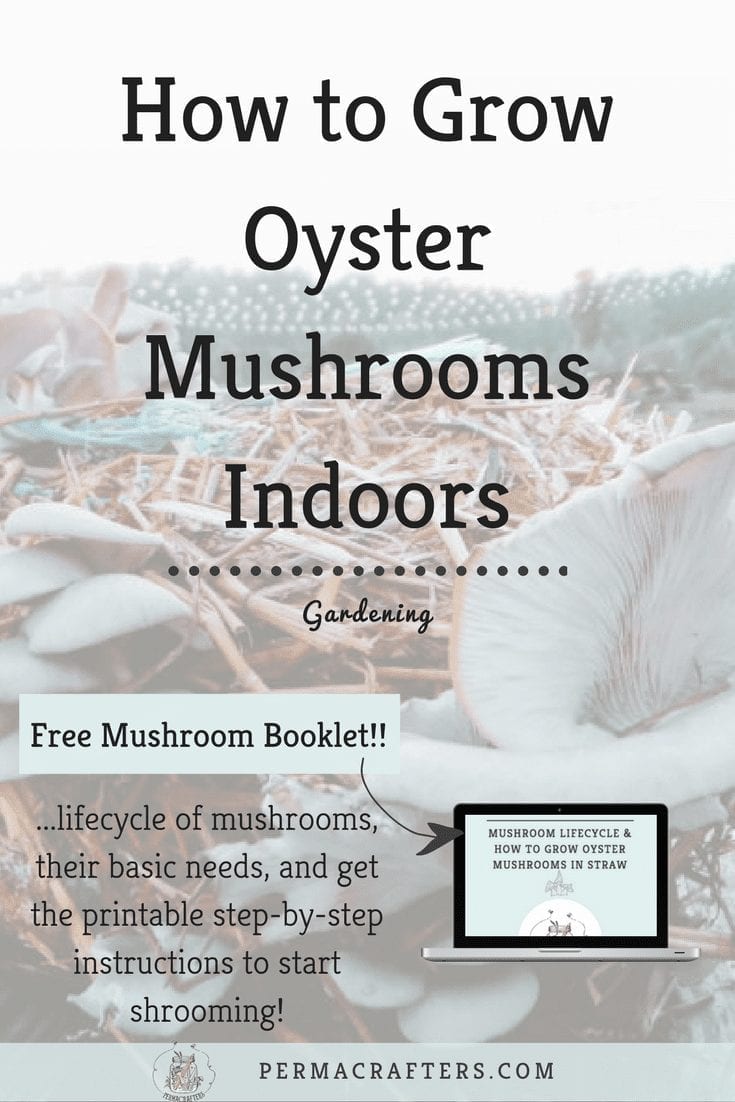
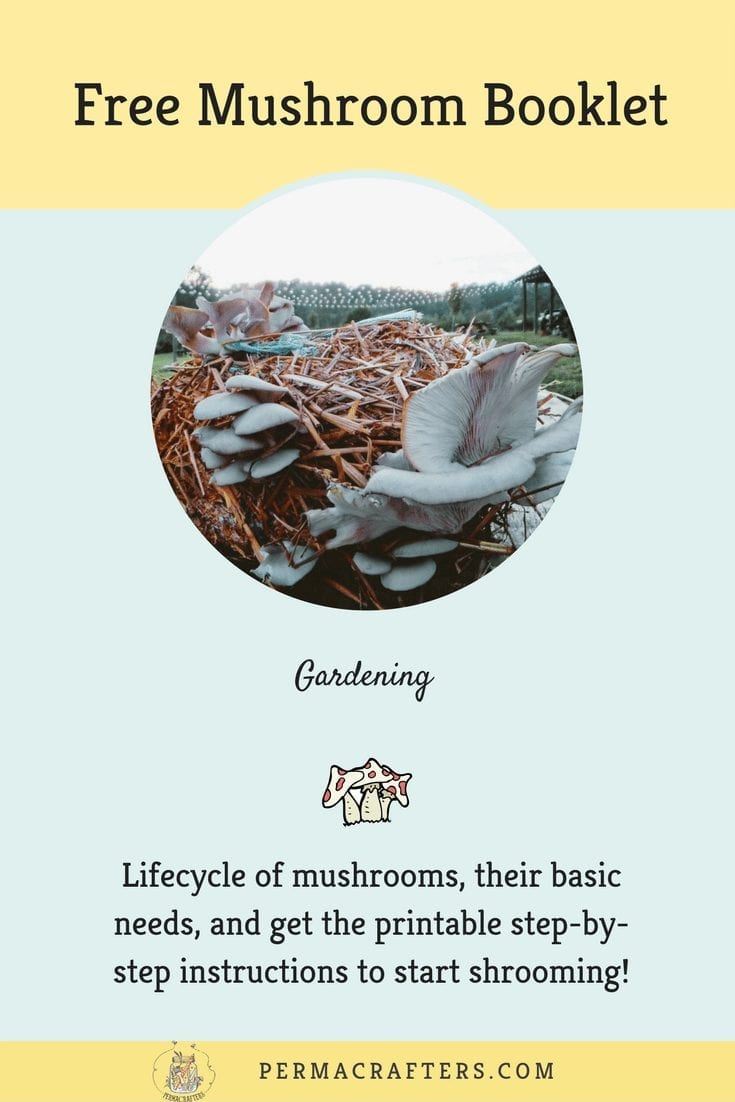
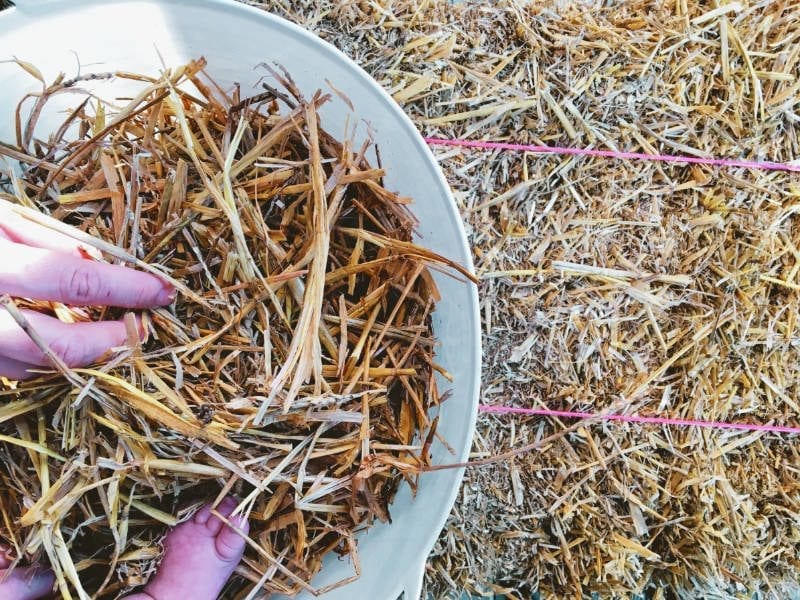
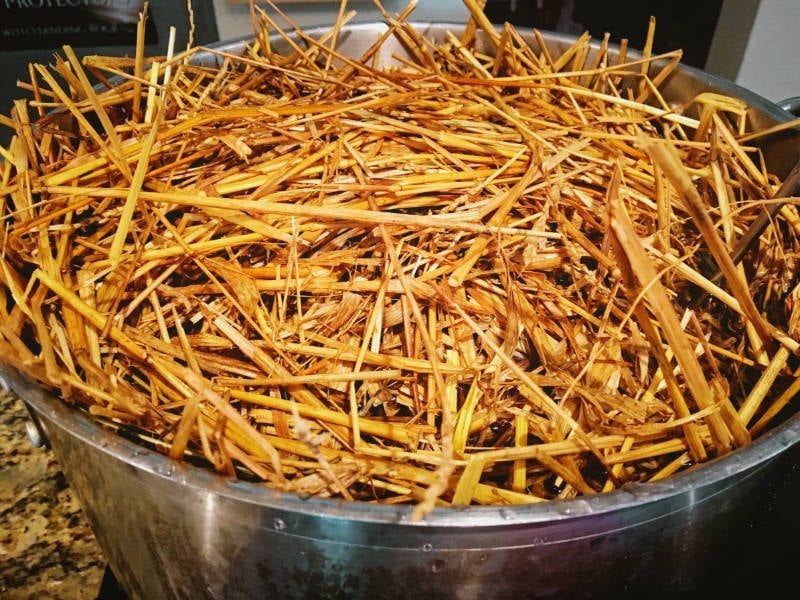
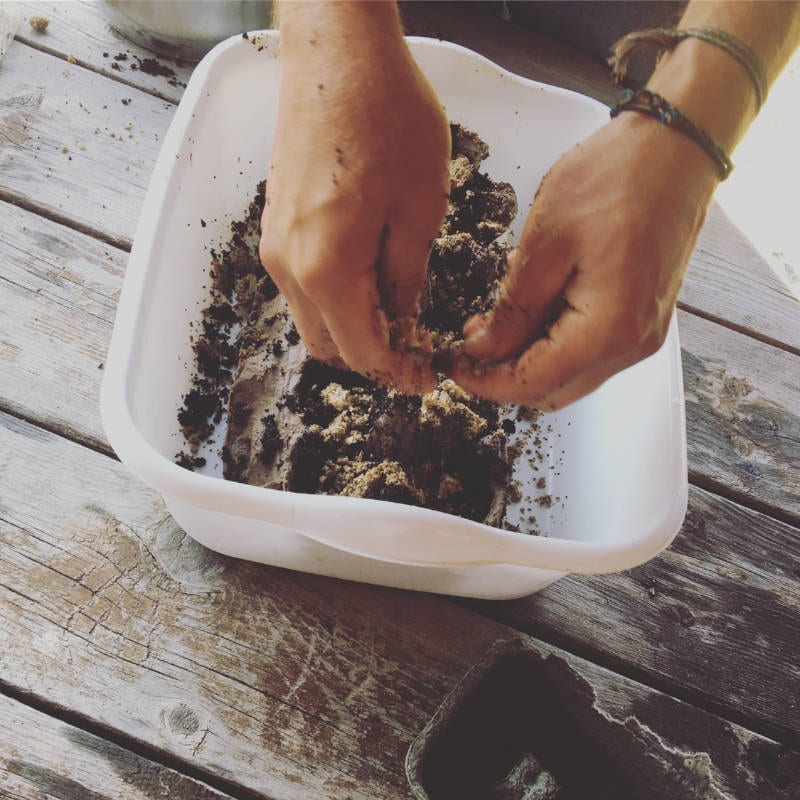
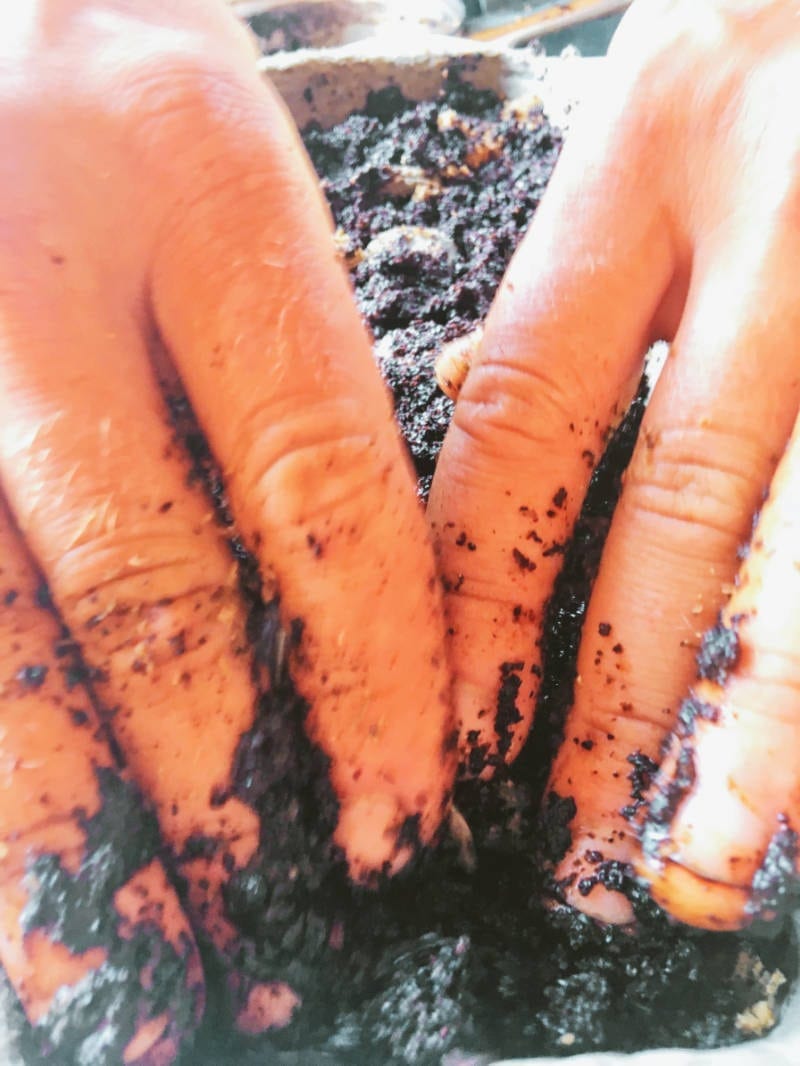
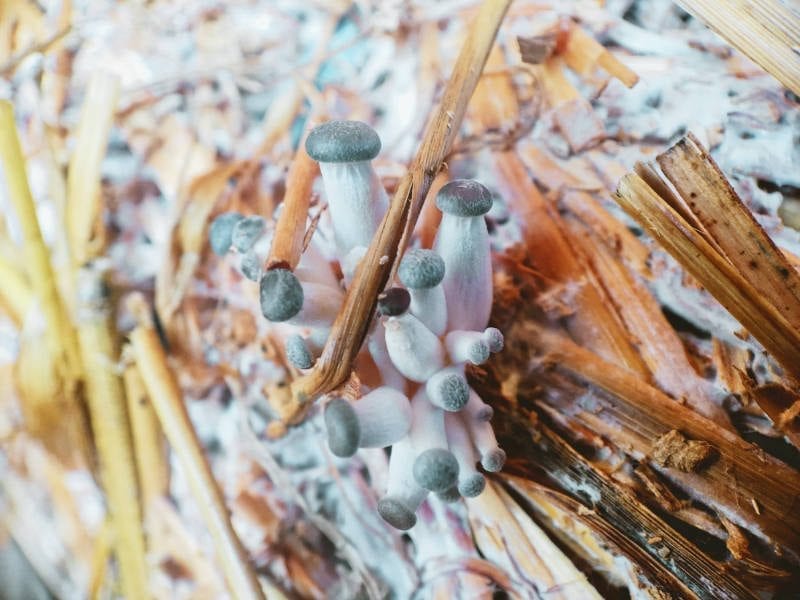
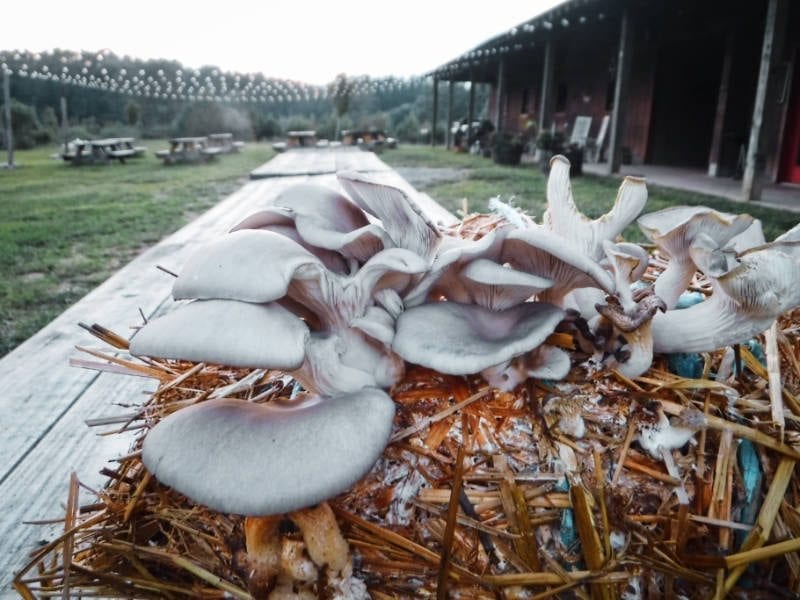
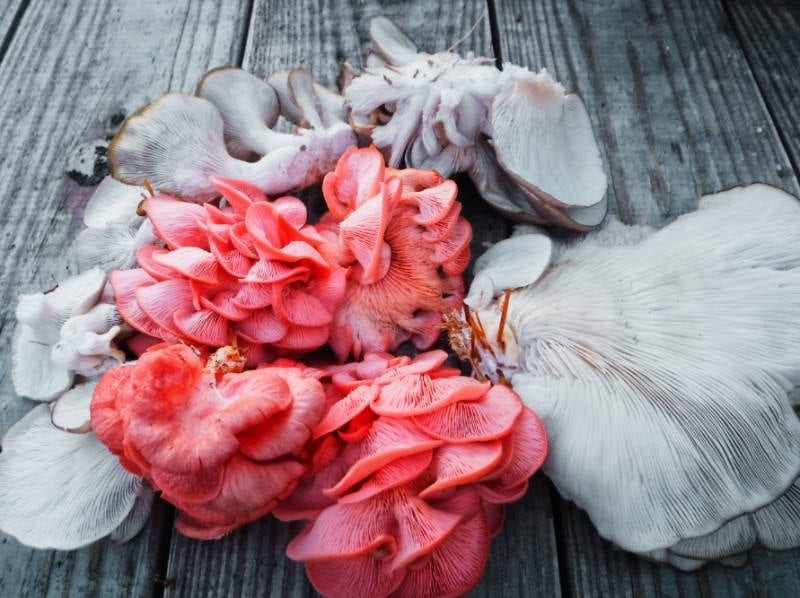
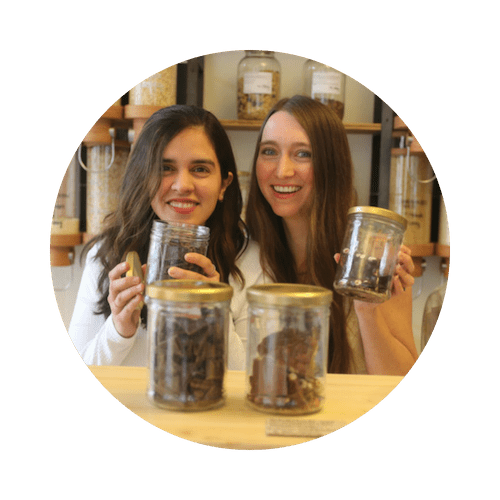
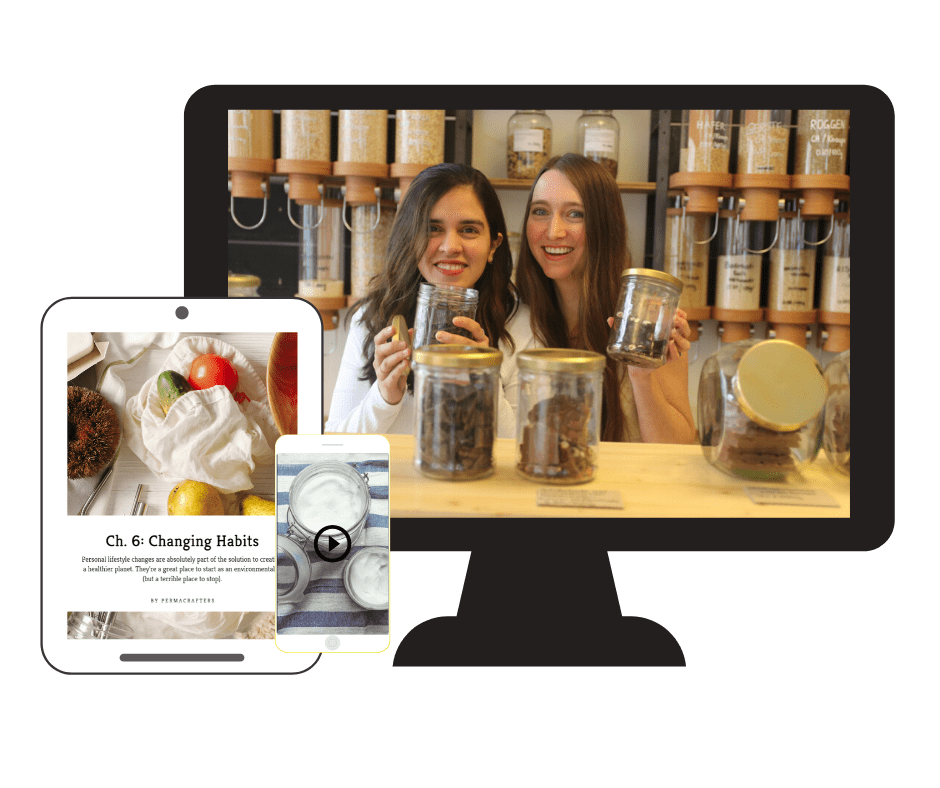
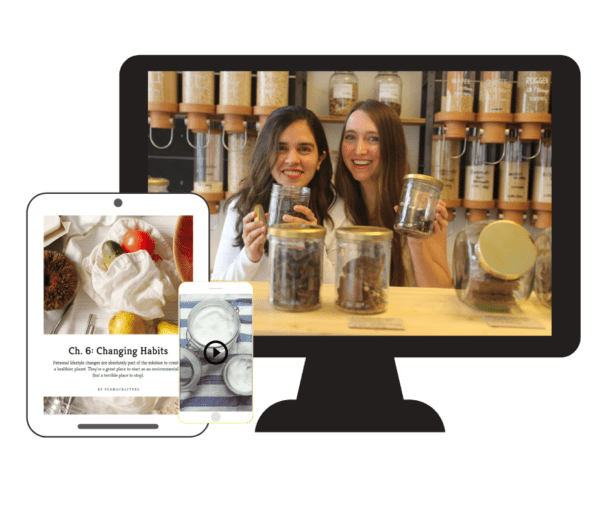
Awesome !!! <3
Thanks, Inda ;-)! I’m glad you like it!
Wow! Have to try this!!!! As a vegan I am always looking for ways to get protein!!
Yes!! We hope you give it a try – it’s so fun to grow them yourself!
Any gardener interested in growing their food should attempt growing at their home. Since mushroom has so many health beneficial growing mushrooms is a beneficial task that should be an attempt by any Gardeners. Learning how to grow mushrooms indoors is a matter of managing their growing conditions carefully. Mushrooms are a type of an edible fungus, which are known for help in lowering cholesterol levels and are a great source of potassium, iron, and protein. They are different kinds of mushrooms and there is a variation in composition and nutritional profiles.
https://elearncollege.com/mushroom-growing/steps-for-growing-oyster-mushrooms/